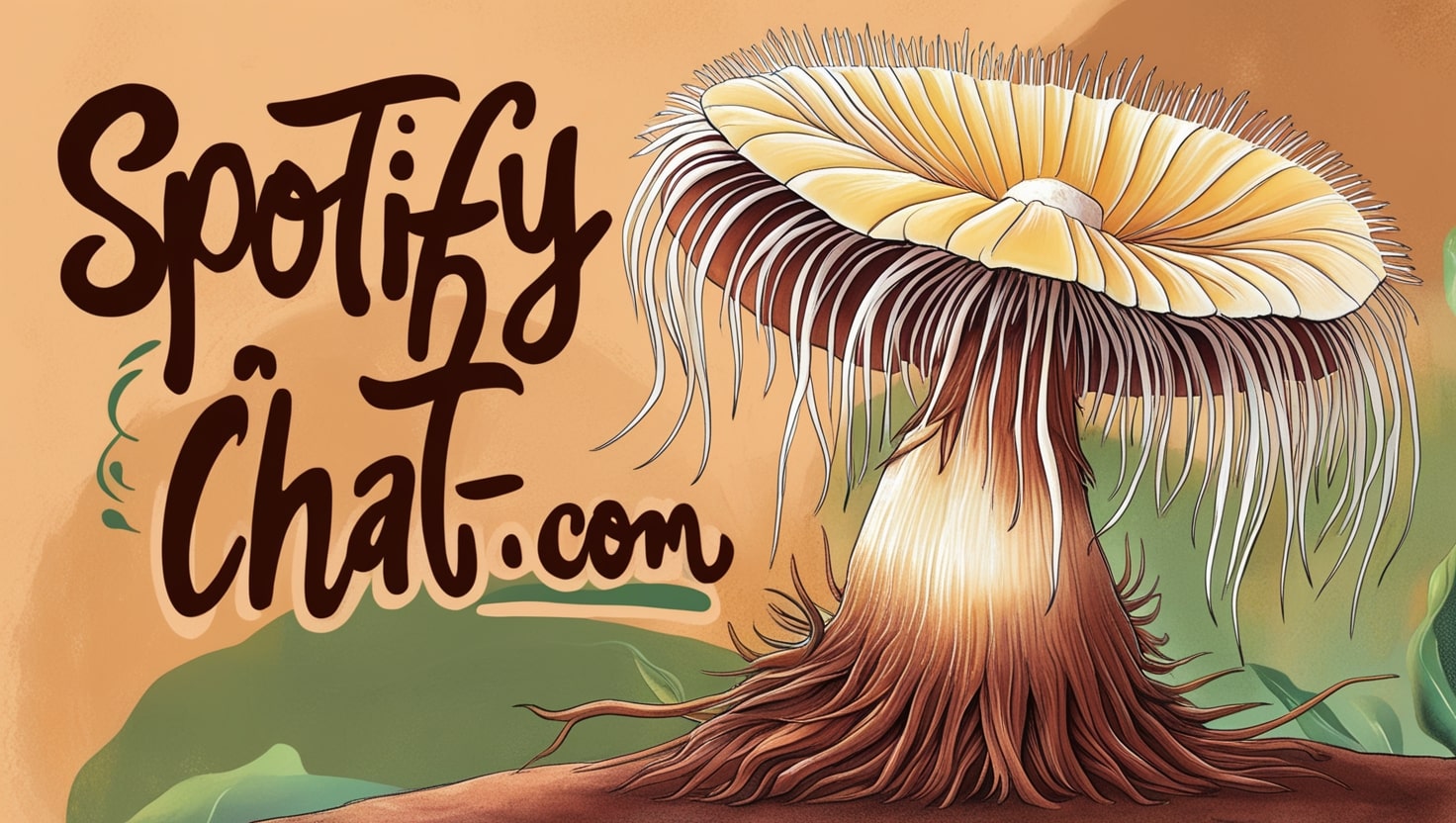The Is Norfolk Island Pine a Monocot or Dicot is a tree that captures attention with its unique appearance and fascinating growth characteristics. Whether you are a botanist, a hobbyist gardener, or simply curious about plants, understanding the classification of the Norfolk Island pine is a valuable piece of knowledge. One common question that often arises is: Is Norfolk Island pine a monocot or dicot? In this article, we will delve into the botanical classification of this tree, explaining what monocots and dicots are, and ultimately answering the question about the Norfolk Island pine’s classification.
What Is Norfolk Island Pine?
Before we address whether the Is Norfolk Island Pine a Monocot or Dicot, it’s important to understand what this tree is and where it comes from. The Norfolk Island pine (Araucaria heterophylla) is not actually a true pine, but rather a member of the Araucariaceae family. It is native to Norfolk Island, located in the South Pacific Ocean between New Zealand and Australia. Despite its name, it is more closely related to other conifer species, such as the hoop pine, than to the familiar pines many people associate with coniferous trees.
The Norfolk Island pine is known for its symmetrical, triangular shape, with horizontal branches that give it the appearance of a Christmas tree. This evergreen conifer grows in coastal and subtropical areas, and it is valued for its ornamental beauty, making it a popular choice for landscaping and as an indoor plant in many parts of the world.
Why Norfolk Island Pine Is Not a Monocot or Dicot
The key reason why Is Norfolk Island Pine a Monocot or Dicot lies in the fact that it is not an angiosperm (flowering plant). Instead, the Norfolk Island pine is a gymnosperm. To understand why this classification matters, we need to know what a gymnosperm is and how it differs from monocots and dicots.
What Are Gymnosperms?
Gymnosperms, including the Norfolk Island pine, belong to a class of seed-producing plants that produce naked seeds, meaning the seeds are not enclosed within a fruit. Unlike angiosperms (monocots and dicots), gymnosperms do not flower or fruit. Instead, they reproduce using cones or strobili. Some well-known gymnosperms include pines, firs, spruces, and cycads.
Gymnosperms are much older than angiosperms, with evolutionary origins dating back to the early Paleozoic era—about 300 million years ago. While monocots and dicots evolved later in plant history, gymnosperms have retained more primitive features. Is Norfolk Island Pine a Monocot or Dicot , as a member of the Araucariaceae family, is classified as a conifer within the gymnosperms.
The Basic Difference: Monocot vs. Dicot
To understand whether the Is Norfolk Island Pine a Monocot or Dicot , we first need to review what these terms mean in the context of plant classification. Monocots and dicots are two major categories of angiosperms, or flowering plants, classified based on the number of seed leaves, known as cotyledons, found in the embryo of the plant.
Monocots
Monocots are plants that have only one cotyledon in their seeds. This group includes many well-known plants, such as grasses, lilies, and palms. Monocots typically have parallel-veined leaves, scattered vascular bundles (the tissue responsible for transporting water, nutrients, and food), and fibrous root systems. Examples of monocots include rice, corn, and tulips.
Dicots
Dicots, on the other hand, are plants that have two cotyledons in their seeds. This group includes a vast number of plants, such as roses, sunflowers, and oak trees. Dicots typically have net-like or reticulate venation in their leaves, with vascular bundles arranged in a circle. They usually develop a taproot system, meaning a single large root grows thicker, while smaller roots emerge from it.
The Cotyledon Mystery: Is Norfolk Island Pine a Monocot or Dicot?
To determine whether the Is Norfolk Island Pine a Monocot or Dicot , we need to consider its fundamental characteristics, starting with its seed structure. However, there is a twist to this question: Norfolk Island pine is not a flowering plant at all. Unlike most plants that fall into the monocot or dicot categories, the Norfolk Island pine is a conifer, which means it belongs to a completely different group known as gymnosperms.
Gymnosperms, including pines, firs, and spruces, do not produce flowers or seeds covered in fruit. Instead, they produce seeds that are exposed on cone scales. Since the Norfolk Island pine is a gymnosperm and not an angiosperm, it is not classified as either a monocot or dicot. Instead, it has a different set of characteristics typical of coniferous plants.
What Does Gymnosperm Mean for Norfolk Island Pine?
The Norfolk Island pine, being a gymnosperm, has several features that differentiate it from monocots and dicots. Gymnosperms, such as the Norfolk Island pine, are known for their “naked seeds,” meaning their seeds are not enclosed within a fruit, as they are in flowering plants (angiosperms). Instead, the seeds of the Norfolk Island pine are borne on the surface of cone scales, and this is one of the key characteristics that set it apart from monocots and dicots.
Gymnosperms like the Is Norfolk Island Pine a Monocot or Dicot also have distinctive vascular tissue arrangements and reproductive methods. Unlike dicots, which often have vascular bundles arranged in a circle, gymnosperms tend to have vascular tissue that forms in rings but not in the same pattern as dicots. Furthermore, Norfolk Island pine and other gymnosperms typically reproduce using cones rather than flowers.
The Evolutionary History of Norfolk Island Pine
Understanding the evolution of the Is Norfolk Island Pine a Monocot or Dicot helps to further clarify why it is not classified as either a monocot or dicot. The Norfolk Island pine belongs to an ancient group of plants known as conifers. Conifers evolved millions of years ago, long before flowering plants (angiosperms) emerged on Earth. This evolutionary history means that Norfolk Island pines, along with other gymnosperms, have developed different reproductive strategies and physiological traits than monocots and dicots.
Conifers like the Norfolk Island pine are some of the oldest surviving plant species, dating back to the Carboniferous period, around 300 million years ago. This ancient lineage means that they have retained characteristics from an early stage in plant evolution, making them distinct from monocots and dicots that evolved later.
Key Characteristics of Norfolk Island Pine
Now that we know the Norfolk Island pine is neither a monocot nor a dicot, let’s explore some of its unique characteristics. These features make it an interesting and important species within the plant kingdom.
1. Needle-like Leaves
Like other conifers, the Norfolk Island pine has needle-like leaves that are long, slender, and arranged in a spiral pattern on the branches. These leaves help the tree conserve water and reduce moisture loss, which is essential for survival in its native subtropical climate.
2. Symmetrical Growth
The Norfolk Island pine is famous for its symmetrical growth pattern. It grows in an almost perfect conical shape, with horizontal branches that give it a very tree-like appearance. This symmetry is not only beautiful but also functional, allowing the tree to maximize sunlight exposure for photosynthesis.
3. Exposed Seeds in Cones
The Is Norfolk Island Pine a Monocot or Dicot e produces cones, which contain seeds that are not enclosed in fruit, as in dicots and monocots. These cones are typically large and cylindrical, and they produce seeds that are released into the environment once the cones mature and open.
4. Wood Quality
The wood of the Is Norfolk Island Pine a Monocot or Dicot is known for being light, straight-grained, and strong. It has been used for various applications, from building materials to furniture. Despite being relatively soft compared to hardwoods, Norfolk Island pine wood is valued for its durability and aesthetic appeal.
5. Environmental Adaptations
The Norfolk Island pine is well-suited to the coastal environments from which it originates. It can tolerate salt-laden winds, which makes it a good candidate for coastal landscaping projects. Additionally, its root system helps it stabilize the soil, preventing erosion in these regions.
The Importance of Norfolk Island Pine in Landscaping
While it may not be a monocot or dicot, the Is Norfolk Island Pine a Monocot or Dicot is highly valued in landscaping for its aesthetic qualities and adaptability. Its symmetrical shape and tropical appearance make it an ideal tree for ornamental planting, both indoors and outdoors. The Norfolk Island pine can be used in gardens, along roadsides, and in parks to create a visually striking environment.
For those living in subtropical or temperate climates, the Norfolk Island pine can also be a great addition to a garden or yard. Due to its ability to withstand wind and coastal conditions, it is often planted near coastal properties. In tropical regions, it can be used as a natural privacy screen, adding beauty and shade to homes and public spaces.
Conclusion
The short and clear answer to the question, is Norfolk Island pine a monocot or dicot, is that the Norfolk Island pine is neither. It is a gymnosperm, a type of non-flowering plant that produces exposed seeds rather than enclosed ones like monocots and dicots. Gymnosperms have a long evolutionary history and differ significantly in terms of reproductive methods, vascular tissue structure, and growth patterns from the more familiar monocots and dicots.
Despite not falling into the monocot or dicot classification, the Norfolk Island pine holds its own as an incredibly important and unique tree. Its distinctive characteristics, including its conical shape, needle-like leaves, and ability to thrive in coastal environments, make it a valuable tree both in nature and in landscaping. By understanding its classification as a gymnosperm, you can appreciate the Norfolk Island pine not only for its beauty but also for its fascinating place in the plant kingdom.











